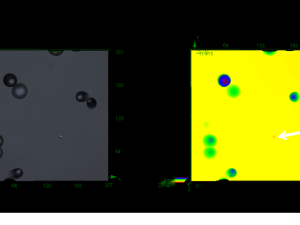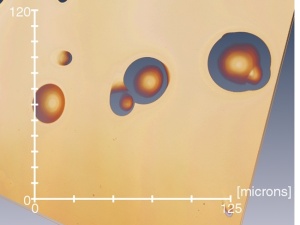Detection of Lithium-Ion Cells’ Degradation through Deconvolution of Electrochemical Impedance Spectroscopy with Distribution of Relaxation Time
Abstract
Herein, a methodology to investigate aging of commercial cylindrical Li-ion cells is introduced. Distribution of relaxation time (DRT) method is applied to deconvolute electrochemical impedance spectroscopy (EIS) measurements and separate those polarization effects that are usually overlapped in the frequency domain by means of a peak-based representation. Half-cells are built at the beginning and end of life to link the electrochemical and aging processes occurring at anode and/or the cathode sides. Moreover, lab-made full-cells are exploited to verify the reproducibility when compared with cylindrical cells. The results of an extensive analysis of around 500 EIS spectra return an unambiguous attribution of different electrochemical processes to different time constants and ultimately to different DRT peaks. Digital imaging validates graphite degradation, mainly related to lithium plating. Scanning electron microscopy validates the degradation at NMC cathode, mainly attributed to particle cracking. It is concluded that DRT peaks allow to characterize cell aging and their tracking can help to develop more reliable state of health estimators.
Full text:
Source: Photo credit: Getty Images_869037434



